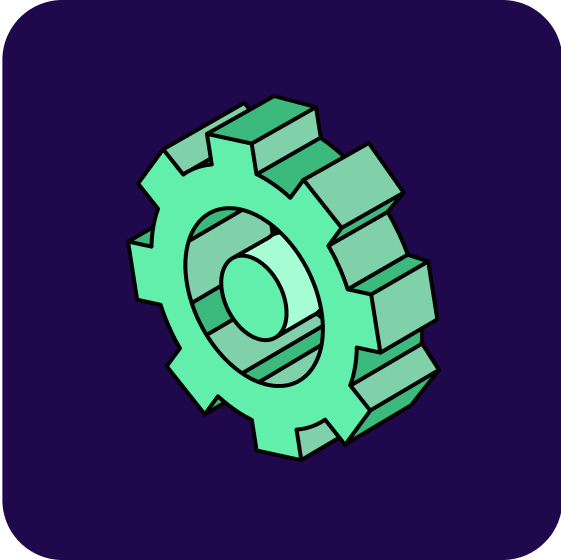What is a programming language?
A programming language is a set of rules and syntax that allow people to communicate instructions to computers and serves as the foundation of software development.
In other words, a way for people to interact with computers. Programming languages are the foundation of software development, a formal language that allows programmers to write instructions that computers understand and execute.
By “speaking” one or more computer languages, developers can implement computer logic and create applications that solve real-world problems. Each language includes a set of understood keywords (vocabulary) and a language structure (syntax), making it possible for a program to execute a specific function.
Developers choose from a range of programming languages that best fit their needs, as different languages are suited to different types of domains, applications, and paradigms. Most languages share functions but differ in ways, such as syntax or library sizes.
Characteristics of a programming language
Syntax: A set of rules and conventions unique to each programming language that determines how statements and expressions are written. Syntax defines the grammar, punctuation, and structure of the language. It also dictates how instructions are received, composed, and arranged into valid and useful code.
Variables and data types: Programming languages provide mechanisms to declare variables and data types. Variables are used to store and manipulate data within a program. The data type is a specified kind of data that can be stored in a variable and the operations that can be performed on it.
Control structures: Akin to a decision-making process for computers, the control structures enable the flow of execution within a program based on given parameters. Examples include conditional statements (if-else, switch), loops (for, while, do-while), and branching statements (break, continue, return). These structures allow developers to control the path of execution and make decisions based on specific conditions.
Functions and procedures: Programming languages support the definition and use of functions and procedures, which are reusable blocks of code that perform specific tasks. Functions are any set of instructions that can accept input parameters and return values, and play a key role in enabling a computer to execute an action.
Libraries and frameworks: To simplify common programming tasks, programming languages often provide prewritten code modules and functionality, known as libraries and frameworks. Libraries offer ready-made solutions for various purposes, such as user interface (UI) design or database connectivity. These resources help to accelerate development and enhance the capabilities of the end-product.
A programming language is a way for people to interact with and communicate commands to computers. Developers use different programming languages based on their specific characteristics, strengths, and suitability to project demands.

Try Sendbird
Build your in-app communications without the challenge.

